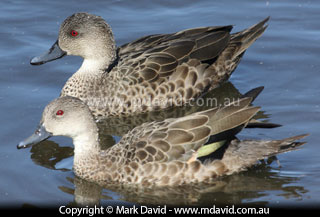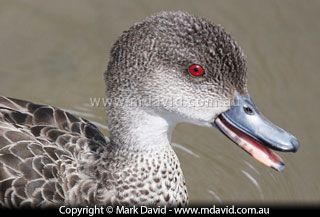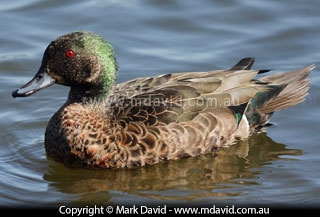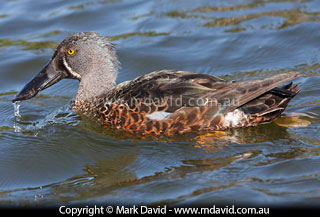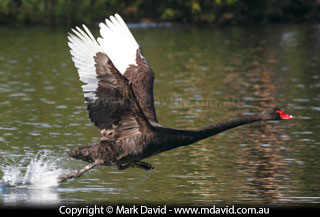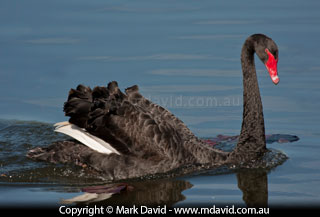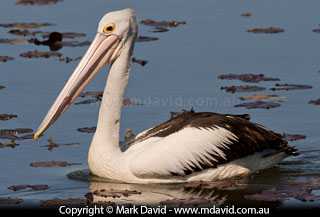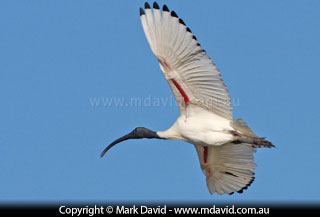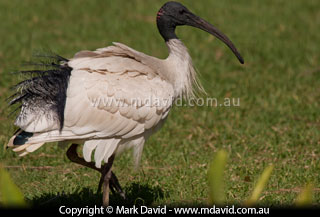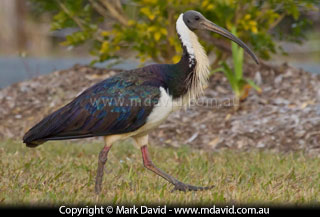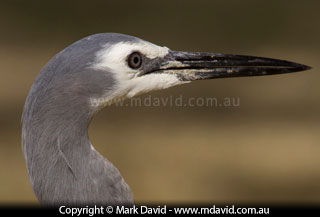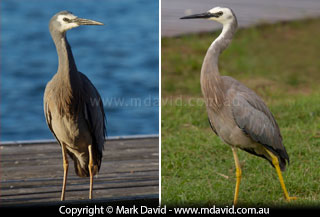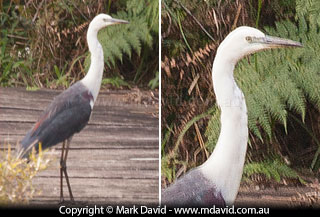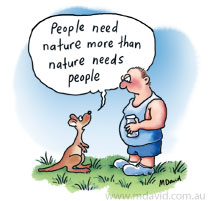
Sydney’s permanent large ponds, like the lakes in Centennnial Park, are great spots to see all sorts of water birds. Want to know what kind of birds they are? This guide is far from complete, but at least it can help you fit a name to the most likely culprits.
PAGE 1 | 2 | 3
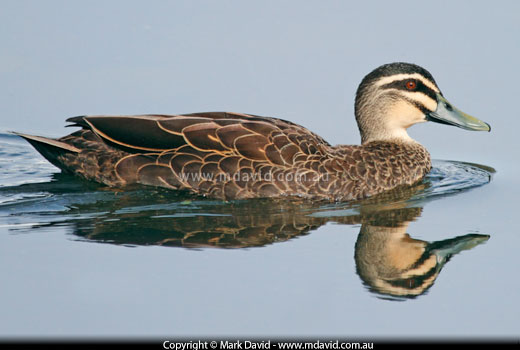
Pacific Black Duck paddling on the calm waters of a Sydney pond
Pacific Black Duck
Anas superciliosa
A really common duck. When I watch people feeding a bunch of them I often find at least
one duck that could use a course in anger management — chasing the others with its head
down. Their natural diet is aquatic seeds and small aquatic creatures. Their unnatural diet is bread, which they’ll
eagerly take but which is no good for them. Their love of aquatic seeds does not endear
them to rice farmers. More info here.
